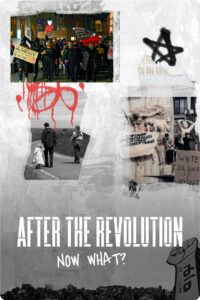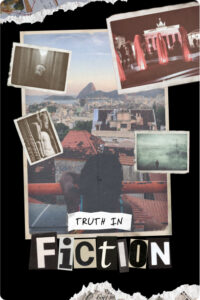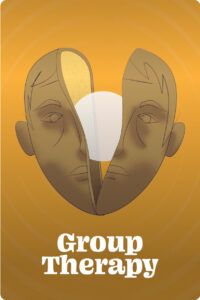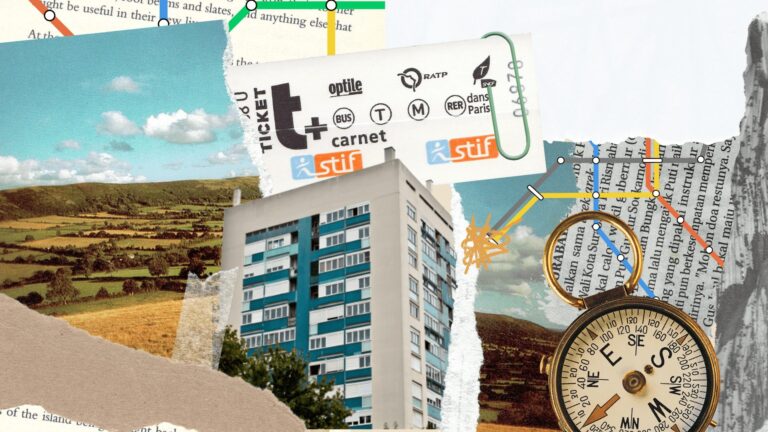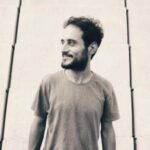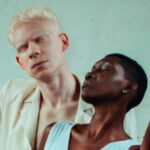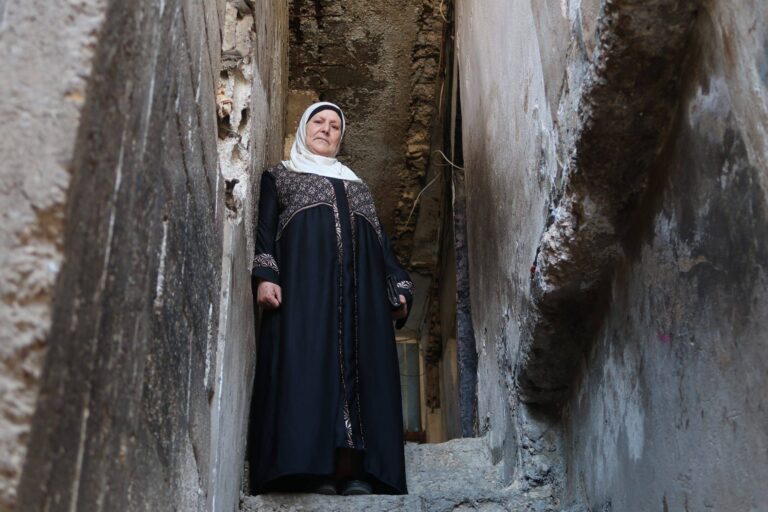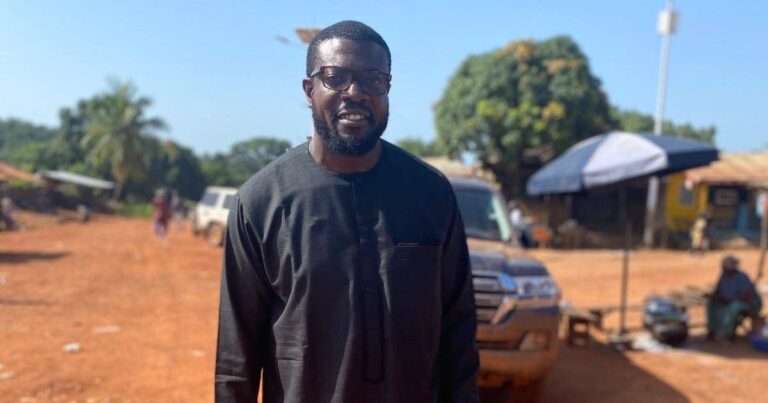One might choose the unknown, or even exile in order to start afresh. Or simply return from whence one came. Back to one’s roots. Six-years ago I went with the second option, leaving my adoptive southern hometown for Yvelines. After a short-lived stay in a well-priced apartment in Paris for a few months, I ran off in good company towards the ‘7-8’ as we say. I grew up in this western part of the Paris Metropolitan Area, in the Grande Couronne. In the heart of a small village in the Drouette valley about sixty kilometres from Paris, nestled on the border between the Eurelian Beauce and the Rambouillet forest. This place, filled with vast horizons. Low-lying plateaus. Prairies and mounds. That’s where I spent my entire childhood, from 1984 till the year 2000. I remember Bayram, a fan of the Turkish football club Galatasaray who lived in the housing estate across the road and whom I used to play football with until nightfall. I remember those beautiful solitary escapades in the rape, the undergrowth, and the neighbouring hamlets. The sudden greyness. Those early morning drives on the country roads in a Fiat Uno, with my mother at the wheel, dropping me off in town before catching her direct train to Montparnasse. I’d walk then she’d race off. I remember those bus rides back from the bus station when it was already dark. The Sunday at the Trappes’ stadium while it was hailing, all along National Road 10. Being so near yet so far from Paris, it’s as much of a pain as it is our source of pride. Because of it, we feel like outlanders, and we feel free. Paris gone country: This is our Île-de-France. Our provincial refuge. Rurban, diverse and multiform, this suburb is where more than five million inhabitants live in a perpetual state of in-betweenness. “For many people, Île-de-France is Paris,” Fabien, who grew up in Mézières-sur-Seine in the Mantois region, told me. Just like me, he lived for a few years in Provence where clichés associated with Parisians, the diehard arrogant urbanites that would have never seen vegetables grow, were often thrown back in his face. This, however, hardly stopped the inner Paris dwellers from spreading around other prejudices about the surrounding outer suburbs themselves. “I remember the day when I told the others at university that I had a six-zone transport card,” Fabian continued. “They didn’t believe me. Then, I invited some friends round mine. They told me that my small town was miles away, that it looked more like Normandy than the suburbs. For them, it was the edge of the Earth when in fact, it’s not actually that far. But for an inner-city Parisian, travelling further beyond the periphery is often seen as a hassle. I’ve never been able to explain it. They’re used to having everything nearby. Without a doubt, we’re probably more at ease with moving around because we got used to it very early on.” Moving around. Going from town to town for nothing else other than curiosity. Whether for studies or for work. For a stroll or to invent oneself elsewhere. To gain understanding of and tackle the whole. Setting off on foot near a plough-field and then finding yourself an hour later in the middle of Châtelet is an experience that embodies “From the countryside to Paname” as the Rambolitan singer-songwriter Tim Dup put in his hit song ‘TER centre’, the train of my adolescence.
Being so near yet so far from Paris, it’s as much of a pain as it is our source of pride. Because of it, we feel like outlanders, and we feel free
An agricultural vocation
But in order to capture the very essence of these surrounding areas, one has to go back to its primary role. Since many out there on these outer suburban roads can testify to the territory’s deeply rural nature. With nearly 80% of its surface area covered by agricultural areas, of which 50% are forestry and 28% are green spaces, Île-de-France is quite simply the leading agricultural region in France, a statistic that shatters its ultra-urban image. Grains, watercress, lettuce, and peas are the main types of crops grown here. And despite its small size (only 2% France’s surface area), it is home to no less than four regional parks. That’s 2,700 kilometres of greenery at the gateway to Paris, from the mills of Corbeil-Essonnes to the poppies of Nemours. Built from the 1970s onwards with the idea of counterbalancing the anarchic sprawl of the capital and remedying housing issues, the new town of Cergy-Pontoise particularly illustrates the sometimes-harmonious and sometimes dubious alliance between natural spaces and towns. Located about thirty kilometres from Paris, this territory sung about by Anis in 2005 (his sweet, rotten suburb, as he calls it) where more than 10,000 companies rub shoulders with a first-rate university campus, is home to nearly 215,000 inhabitants spread over thirteen municipalities. Starting with Jouy-le-Motier, a former wine-growing village where the Ville Campagne association was created in 1979 to bring rural and urban communities closer together. Preserved as part of the local heritage despite the many expropriations of farmers, the Écancourt Educational Farm has since played a crucial role in public education about the environment. “Initially a travelling bus offering local residents the chance to visit the farm, it has since become a lively meeting place with 17 employees.” says Jérôme, a resident of Jouy-le-Moutier who took over the management of the farm two years ago. “40 years ago, environmental awareness was already present. They didn’t expect us to talk about the ecological transition. In essence, it allowed us to offer local holidays in a preserved countryside setting to families who didn’t travel. 40 years later, we’re continuing the process.”
A powerhouse of experiences
Since my return, I have quickly become aware again of the positive features of this Île-de-France which, despite its series of dormitory towns, is a formidable powerhouse of experiences nourished by a multitude of ambitious ecosystems. Faced with the urban sprawl that I observe with my own eyes near the Poissy agglomeration, I witness every week resistance concerning agroecology and market gardens. These hard-core farmers rely on the development of short circuits to stay close to Paris and supply the population with local products. On my way, I met Integraterre’s urban farm educators nestled at the foot of buildings in Achères and young entrepreneurs who are developing a brand of dairy products from the Alluets-le-Roi plateau. While the health crisis and the successive confinements have seen more and more people in Île-de-France get reacquainted with their living environments, new families are flocking to the area, particularly to Fontainebleau and its immense forest popular with hikers. “It’s not for nothing that more and more people are coming to settle here in the green, far away from the Parisian speed,” adds my friend Fabien. “You can find accommodation here that’s bigger and more affordable; you can get direct trains to Paris which are quite efficient overall, markets, real village life.” I could also tell you about the boatmen of the Seine who, at a time of ecological transition; are becoming ‘sexy’ again in the eyes of the State in terms of transporting goods and green tourism. Since my meeting with these freshwater sailors, my vision of the territory has been completely turned upside down. Although I have just learned that a famous Swedish furniture giant wants to develop its deliveries from Limay’s waterways by 2026, I must admit that the region has never ceased to be attractive. Its economic activities shape its originality, from the Seine valley, cradle of the automobile industry (PSA Poissy, Renault Flins), to the scientific plateau of Saclay. These hybrid landscapes were filmed and contrasted with tenderness in ‘Nous,’ the latest documentary filmed by Alice Diop along the RER B. With an opening scene of a deer bellowing in the thickets of the Chevreuse valley, the film takes a poetic look at these peripheral worlds. Originally from Aulnay-sous-Bois, Alice Diop pays tribute to her family, but also to “a much larger history, that of the presence of these immigrant communities; these working-class communities…,” as she told the media after her prize at the Berlin International Film Festival also known as Berlinale 2021. “So of course, I also see a lot of territorial inequalities. But here, I prefer to focus on the positive and on those movements that create social links, raising the question of how to build society. Whether it’s the benefits of the home theatre practice done in Sevran and its housing estates at the foot of the fields, or the circus performers of Chanteloup-les-Vignes who are trying to fight against the stigmatisation of working class neighbourhoods in the very place where the film La Haine was shot nearly 30 years ago, I take pleasure in reporting on a suburb which, despite its fractures, shows the way the ahead if we take the time to observe it.
Help us tell the world to you !
Frictions is launching its club : by supporting Frictions, you’ll be supporting a community of authors and journalists who tell the world through intimate stories!

A plural identity
Beyond its ever-changing heritage, does this Greater Paris of multiple life experiences really have an identity? For this land of immigration and of mixing since the 1930s, there cannot be a single answer. Based in Marolles-en-Hurepoix, Gabriel, an education assistant in a secondary school in Grigny, confirms that reality: “What I appreciate here is the diversity, the different cultures, the way of life, the public transport, the nature, the opportunities for work or training. There are events just about anywhere, you just have to be able to get around. The weather isn’t always nice, sometimes it’s too quiet, but I feel great here. Of course, there is a difference depending on where you are because there is also a great deal of hardship in certain suburbs. But I also see a great deal of solidarity, mutual aid and a lot of talent.” Jérôme, from the Écancourt Farm, observes: “It’s always strange when we go to other regions and we are called Parisians, because it’s not the first identity we think of. Francilien (an inhabitant of Île-de-France) is also probably too vast a term. Paris is the abundance of cultural life and of dining options. Here, you get used to certain deficiencies. The advantage of Île-de-France, in my opinion, is that integrating there is actually very easy. There has been movement for a long time, with people sometimes moving from one neighbouring town to another, and unlike other places, you don’t have to have been there for three generations to be a part of the town and be accepted. [3] Those who claim the contrary carry no weight. This is the result of a lot of mixing, a lot of cultures, but also the result of a sense of youthfulness that exists in many cities at a time when baby boomers are retiring. You can feel it in the general atmosphere.” And that atmosphere. One that is almost at odds with reality. I love it as much as I find myself cursing it. Settled on the banks of the Seine; at the gateway to Vexin, I live in a commune where its hill is one of the highest points of Ile-de-France. Get the clue. On the other side of the river, the western branch of the RER E is under construction to link the north of Yvelines to the north of Paris. Finally, my downstairs neighbour’s name is Latif, a Turkish man that also supports Galatasaray. And having said that, I think we’ve come full circle.

